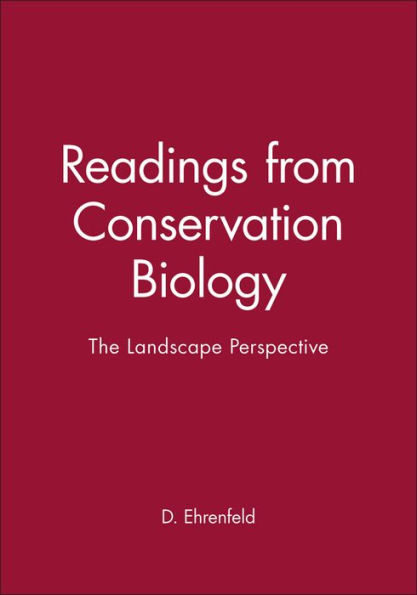5
1
9780865424531


The Landscape Perspective (Readings from Conservation Biology) / Edition 1 available in Paperback

The Landscape Perspective (Readings from Conservation Biology) / Edition 1
- ISBN-10:
- 0865424535
- ISBN-13:
- 9780865424531
- Pub. Date:
- 05/03/1995
- Publisher:
- Wiley
87.95
In Stock

Product Details
| ISBN-13: | 9780865424531 |
|---|---|
| Publisher: | Wiley |
| Publication date: | 05/03/1995 |
| Series: | Readings from Conservation Biology Series |
| Pages: | 264 |
| Product dimensions: | 3.94(w) x 9.84(h) x 0.59(d) |
About the Author
From the B&N Reads Blog
